Festivals – Masters of Secondary Universe
All of our venue clients talk about maximising primary revenues (ie ticket sales, venue hires etc) and the good ones are delving ever deeper into secondary revenue streams – maximising their earnings for every square metre, every visitor and every minute of the day.
But, as our experience at Festival No. 6 earlier this month demonstrated, venues have a long way to go before they master the ‘secondary slice’ that music promoters and festival organisers can tap.
As another record-breaking festival season comes to an end – with an estimated 600+ major music, arts and culture festivals concluded in the UK alone this (damp) summer, it’s perhaps timely to share our experience at Portmerion.
Festival No. 6
For those of you who don’t know Festival No. 6 is a ‘grown ups’ festival with an odd mix of easy listening, now artists (Mark Ronson, Everything Everything, Belle and Sebastian), a host of emerging bands filling the stages and some older 80s/90s favourites as headliners (Happy Mondays, James, Grace Jones etc). It’s all wrapped in a marketing banner of a ‘bespoke banquet of music, arts and culture’– presumably for readers of the Independent and Guardian etc – and for those who Glamp and picnic a la Michelin Guide.
Judging by the vehicles in the car park, there was plenty of disposable income among the 12,000+ in attendance (although difficult to identify how many of the evening visitors were freebies/discounts for the locals of North Wales).
Rumour has it that the festival lost money in its first three years, before SJM Concerts reckoned it was worth £8m and bought 50% of it last year.
Anyway, we digress – back to revenues.
First the primary revenues:
• Ticket £160 per person + Booking Fee + Card Fee + Delivery Fee
• Glamping package, say £750- 900 (for a pretty basic 3 day package ie no heating/food/furniture)!
And now for secondary:
• £? Call costs for calling premium lines when tickets don’t arrive;
• £25 for the compulsory Park’n’Ride*;
• £10 to hire a trolley to get from car park to bus stop;
• £20 compulsory Charity donation*;
• £10 for a programme (no free App available but if you didn’t order in advance you couldn’t get one);
• £ rents from caterers;
• £ sponsorship (Volvo, Nespresso, Belvoir, Fever Tree all stumping up good sums to reach the 30-45 age demographic);
• £ % of bar revenues at £5+ a pint;
• Walking around 9 stages and 12 venues of the festival for two days without a programme and, hence, not a clue of what’s going on where = Priceless!
• All in all, it’s a big outlay for the premium festive-goer – say £1,500 for a couple incl. spending money/catering/drinks – and lots of this on-site revenue in cash. (Yes there were plenty of ATMs around. In fact, there’s probably a good study to be done comparing visitor numbers vs toilet provision vs ATM at festivals!)
Given the cash sums floating around, the opportunity for leakage and mismanagement is vast. No wonder so many festivals are looking at cashless, closed loop systems for next year.
Now, we’re not suggesting that venues adopt all of these channels – unless you’re prepared for very vocal media criticism – but once you do have the audience in place, where are the quick wins where added-value options (rather than compulsory purchases) unlock untapped revenues? And which services should you provide without charging?
Meanwhile, keep an eye on next year’s festival for new revenue innovations. It was Ryanair who first mooted the concept of paying to use an inflight loo – but it may be a festival that first adopts it.
*Of course, even on request, nobody could provide any receipts for these payments 😉

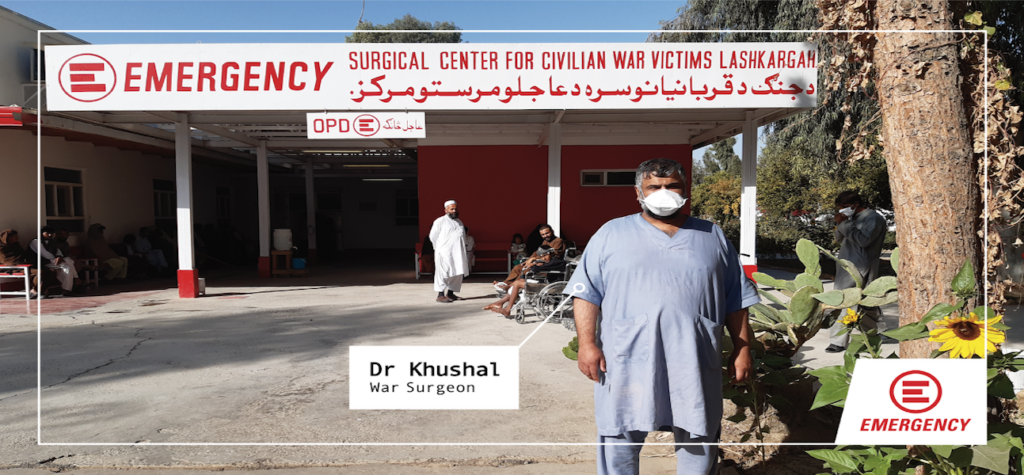
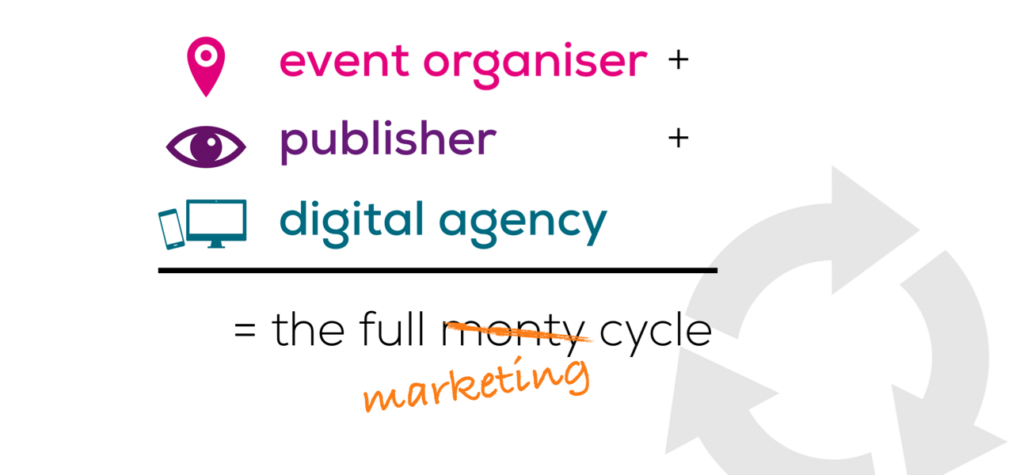
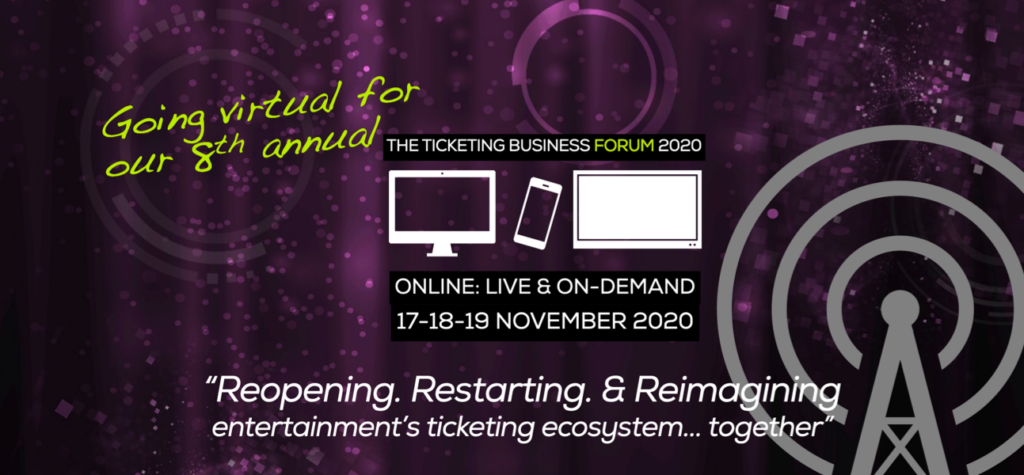

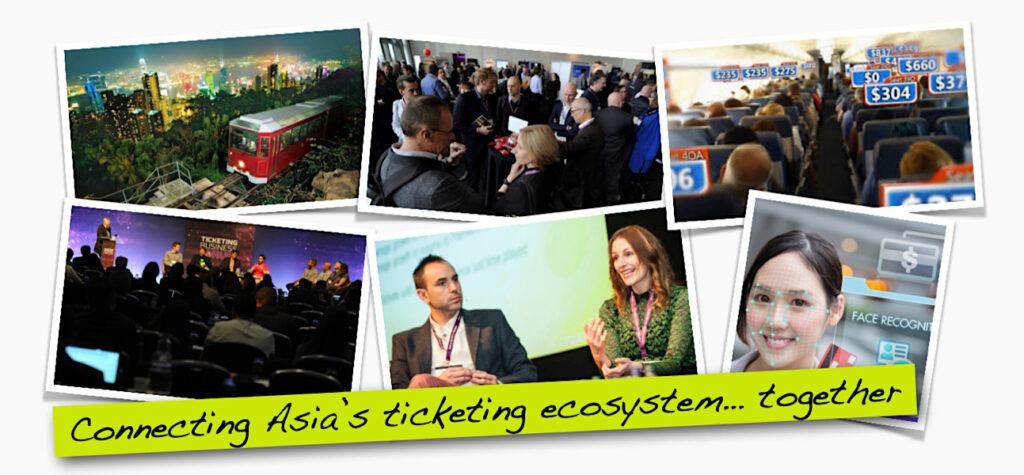
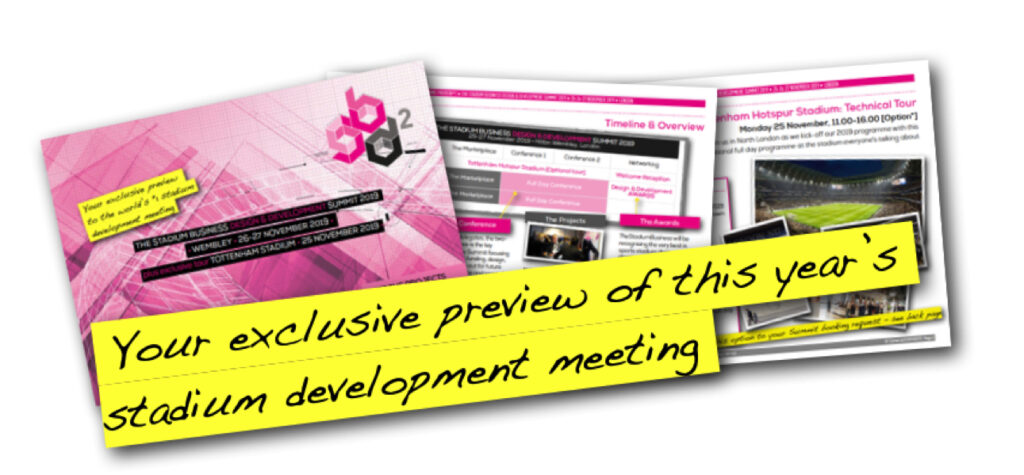

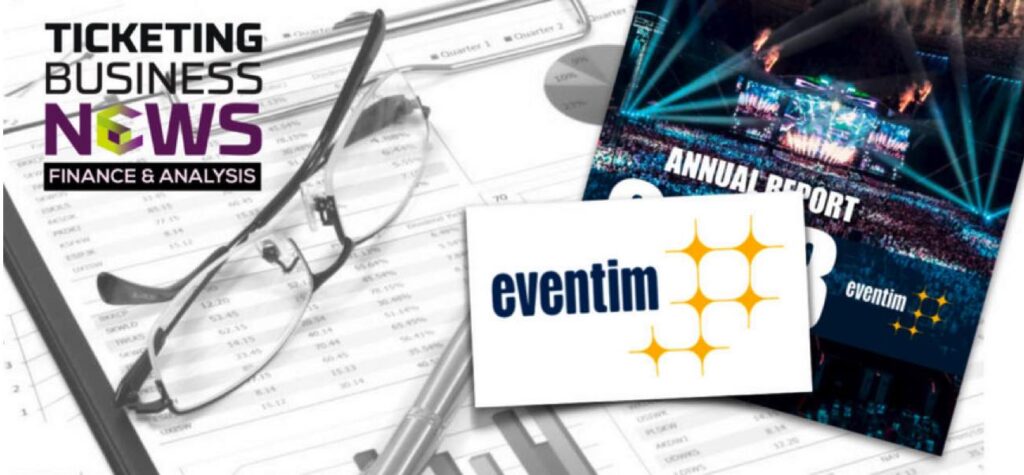

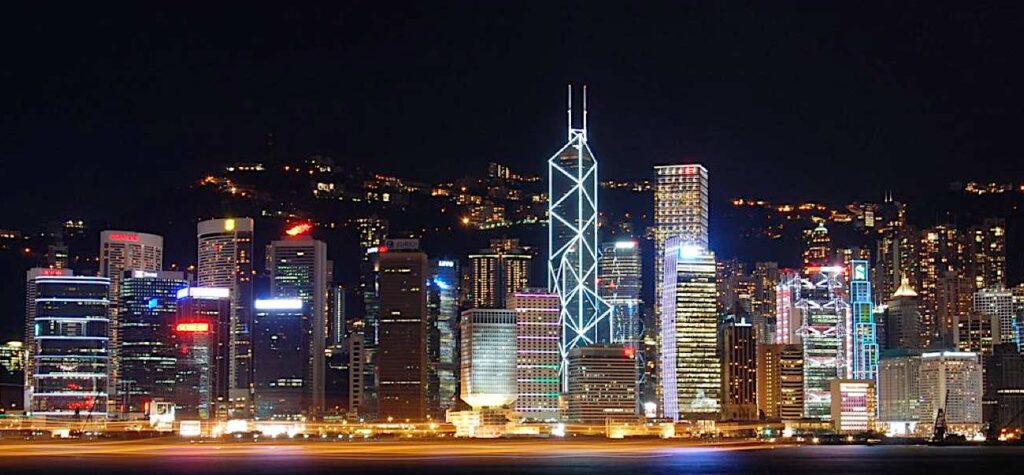



Share this